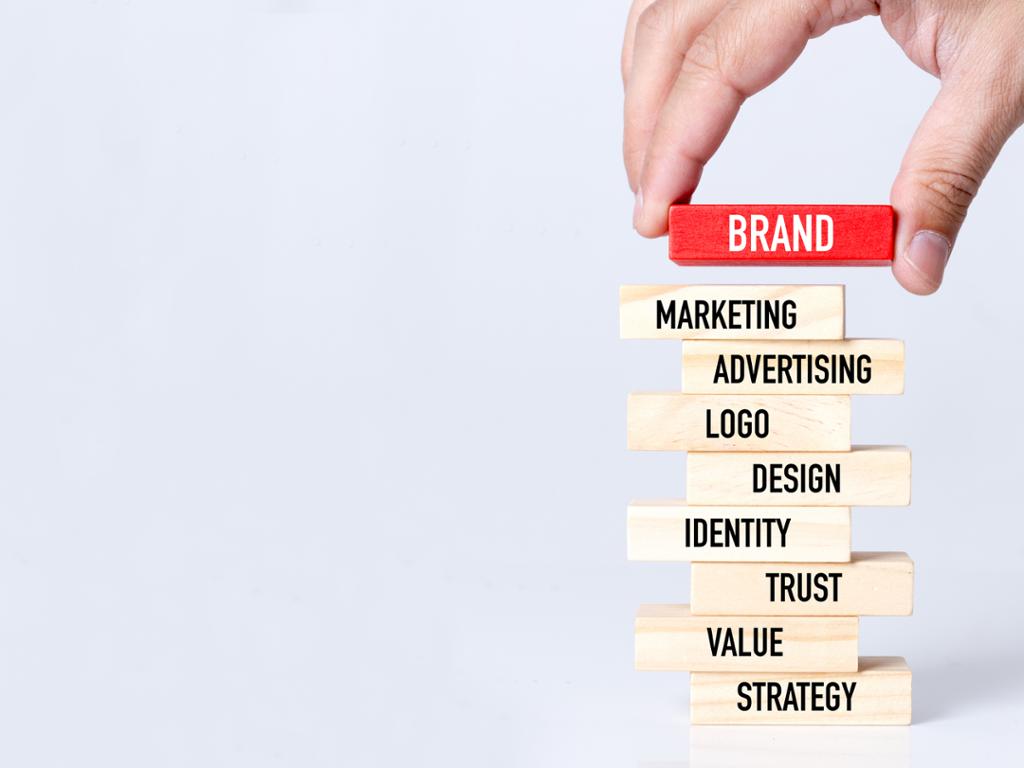Global Marketing and Brand Building

Global marketing and brand building
The traditional commercial break or sponsor tag on TV is seen by most viewers as an intrusion and will often create a negative attitude to the advertisement and the brand presented. A new trend in marketing is therefore to work closely with entertainment.
One type of so-called entertainment marketing is product placement, in which brand identifiers such as logos or specific products are used as an integrated part of, for example, a film. We know that product placement works: studies show that up to 80% of an audience remember a brand or product if it is directly related to the plot, while about 50% will recall it if it appears in the background of the scene. This recognition in turn leads customers to make a purchase, boosting sales figures.
Another form of entertainment marketing is celebrity endorsement. Wanting to mimic their idols, people are likely to buy products promoted by celebrities they know and like. One of the most successful endorsement partnerships has been the one between Michael Jordan and Nike. The cooperation between the two has been mutually beneficial: Jordan has been paid an estimated $1.3 billion since the deal was signed in 1984, and for Nike the deal has transformed the company into one of the largest, most valuable consumer brands in the world.
A brand is the way a company, organization, or individual is perceived. More than simply a name, term, design, or symbol, a brand is the recognizable feeling a product or business evokes. It is important to build a consistent brand so that customers will not need to be sold each product separately, but instead the customers perceive anything sold by the company as having the same quality and value.
Brand building requires innovation, design, and quality, and the ability to communicate this to the consumers. The brand value of globally marketed products is rated continually, and the fluctuations are followed closely by market analysts and, of course, by the companies themselves. The annual Forbes rating shows the actual market value of famous world brands. You can read the current Forbes rating here: Link to the Forbes Website. In 2019 the ranking was topped by Apple, Google, Microsoft and Amazon, followed by Facebook and Coca Cola. While still high in the ranking, Facebook is not doing as well as it used to. During the fiscal years 2018-2019 the social network's brand value declined by 21%, much due to an advertising boycott of the social media platform.

Ambitious companies need more than one leg to stand on in their marketing campaigns. Older, established brands seem to go for traditional advertising channels only, while manufacturers of new products choose to make more varied choices, the most significant being internet advertising. Web-based companies in particular, such as eBay and Google, entirely depend on their own sites to market their products.
Placing a brand as a part of the setting of films and TV productions is also used by many companies. BMW marketing executive, James McDowell said: “It is imperative to create media destinations that don’t look like advertising”. Some companies, notably KFC and Pepsi, are now going to have their brands placed in videogames, which raises another debate – is it OK to market directly to children?
Global brand building takes time. The big brands have been around for decades and are recognized whenever they pop up. It also takes big money to build up the brand value of a product. Accordingly, smaller companies with a limited marketing budget will have to be creative in order to compete. With the intention of attaining maximum output from minimal resources, they make use of creative and untraditional marketing tactics.
One approach is undercover marketing, which aims to address the customer in a way that leaves him unaware of the fact that he is exposed to advertising at all. One example is Sony Ericssons marketing campaign from 2002. The company wanted to generate a buzz for their new camera phone. Actors were sent out into major cities. Posing as tourists, they asked passers-by to photograph them, but instead of a camera the helpful stranger was handed a phone, and taught how to use it to take a picture. The goal was to get the passers-by to tell family and friends about this unusual experience.
Social networks, email and text messages are important arenas for undercover marketing. This can, for example, be a blogger mentioning a product without revealing they are being paid to do so, or it might be someone who highly recommends a product or brand to people in their social circle without telling anyone they are doing so for a paycheck. This somewhat sneaky way of promoting a product is also called stealth or guerrilla marketing. To be effective, it is imperative that the customers are unaware that they are being advertised to.
The global brands surround us all the time in our everyday lives. Their ads and logos flash in Times Square, New York, in Piccadilly Circus, London, and in downtown Tokyo. This advertising may be ugly or it may be beautiful; it is most certainly expensive. Measuring the effectiveness of advertising is difficult, and the results will vary greatly depending on original cost versus profit, and depending on which advertising arena is employed. It is hard to accurately judge how much we are influenced by advertising when we invest our money, but this massive display of more or less familiar brands and products does have an impact. If advertising did not work, it would not be used.
Relatert innhold
Tasks related to the article Global Marketing and Brand Building.
This advertising project challenges you to use your creativity.